How To Plant Spinach Seeds: Essential Tips for a Healthy Crop
- February 21, 2024
- 0 comment
Spinach, a nutrient-rich leafy green, is a wonderful addition to any garden. It’s not only packed with vitamins and minerals but also easy to grow, making it a perfect choice for both experienced gardeners and beginners. In this article, we’ll guide you through the process of planting spinach seeds.
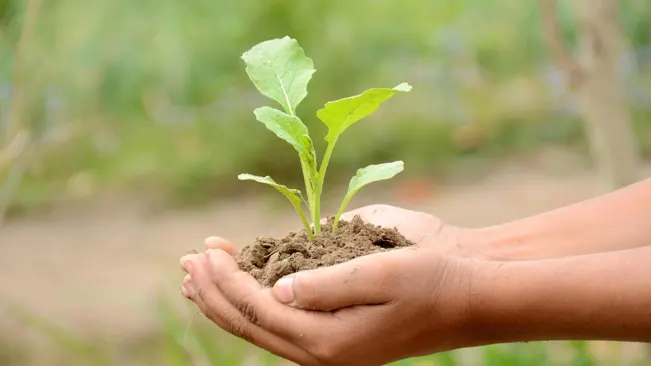
Nutritional Benefits of Spinach
| Benefit | Description |
|---|---|
| Nutrient Rich | Spinach is packed with vitamins and minerals, including vitamins A, C, K, iron, calcium, and folic acid. |
| Low in Calories | High in fiber and water content, spinach is low in calories, making it ideal for weight management. |
| Eye Health | Contains lutein and zeaxanthin, which are beneficial for eye health, reducing the risk of age-related macular degeneration and cataracts. |
| Skin and Hair Health | High levels of vitamin A in spinach promote healthy skin and hair. Vitamin A is necessary for sebum production to keep hair moisturized. |
| Bone Health | The vitamin K content in spinach contributes to a healthy bone structure by modifying bone matrix proteins, improving calcium absorption, and reducing urinary calcium excretion. |
| Improves Digestive Health | Spinach is high in fiber, which aids in digestion and prevents constipation. |
| Supports Heart Health | The nitrates in spinach help in managing blood pressure levels, which reduces the risk of heart disease. |
| Cancer Prevention | Certain compounds in spinach, like flavonoids, have been found to slow down cancer cell growth. |
| Blood Glucose Control | Spinach contains alpha-lipoic acid, an antioxidant that has been shown to lower glucose levels and increase insulin sensitivity in patients with diabetes. |
| Enhances Muscle Efficiency | The nitrates in spinach may improve muscle efficiency, particularly during exercise. |
What You Need
- Spinach seeds
- A gardening trowel
- Compost or well-rotted manure
- Watering can or hose
- Mulch (optional)
- Garden labels (optional)
Choosing the Right Spot
Spinach thrives in cool weather and can be grown in both spring and fall. It prefers a sunny or partly shaded spot in your garden with well-drained soil. Before planting, enrich the soil with compost or well-rotted manure to ensure healthy growth.
Sunlight and Shade Requirements
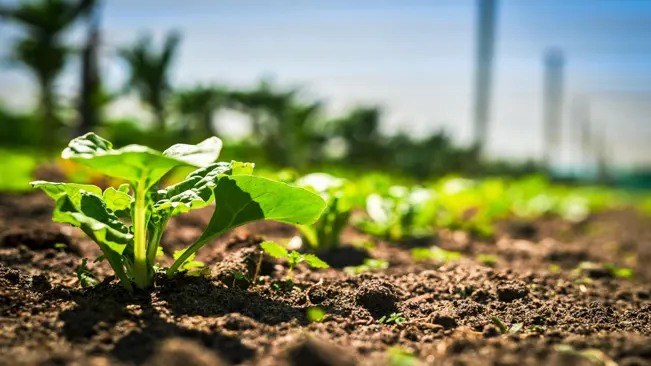
- Sunlight: Spinach does well in full sun, which means at least 6-8 hours of direct sunlight per day. Full sun exposure is particularly important in spring when the sun is less intense.
- Partial Shade: In warmer regions or during the hotter parts of the year, spinach benefits from partial shade. This means it should receive some direct sunlight (3-4 hours) but be shielded during the hottest part of the day. Partial shade can help prevent bolting.
Soil Quality and Preparation
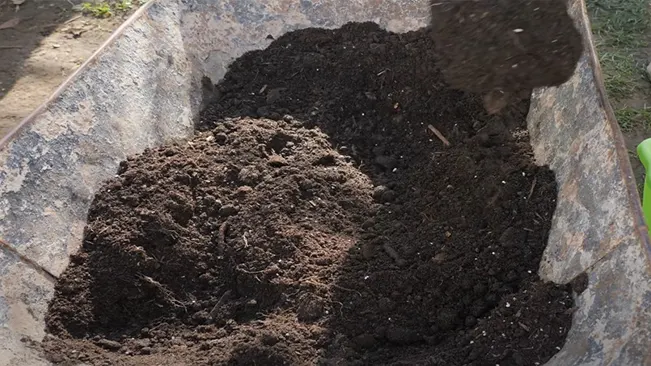
- Soil Type: Spinach prefers well-drained soil. It doesn’t do well in waterlogged conditions, as this can lead to root rot and other diseases. The ideal soil type is loamy, rich in organic matter, and has good drainage.
- Soil pH: The ideal pH range for spinach is between 6.5 and 7.0. You can test your soil’s pH with a home testing kit. If the soil is too acidic, you can add lime to increase the pH.
- Enriching the Soil: Before planting, it’s crucial to enrich the soil. You can add compost or well-rotted manure to the soil. This step improves soil fertility and drainage, providing the necessary nutrients for spinach growth.
Microclimate Considerations
- Wind Protection: Spinach benefits from protection against strong winds, which can damage its tender leaves. If your garden is particularly windy, consider planting spinach in a location shielded by a fence, wall, or other plants.
- Rotation and Companion Planting: It’s advisable not to plant spinach in a spot where spinach or other members of the Chenopodiaceae family (like beets or chard) were grown the previous year to avoid soil-borne diseases. Spinach can be planted alongside strawberries, radishes, and peas, which are good companions.
Timing for Planting
- Spring Planting: In spring, you can plant spinach as soon as the soil is workable. Spinach seeds can germinate in soil temperatures as low as 40°F (4.4°C).
- Fall Planting: For a fall crop, plant spinach 6-8 weeks before the first expected frost. This timing allows the plant to establish itself before the cold sets in.
Step-by-Step Planting Guide
Prepare the Soil

- Use a trowel or garden fork to loosen the soil. This step is crucial for aerating the soil, allowing roots to penetrate easily.
- Dig to a depth of about 12 inches (1 foot). This depth is ideal for spinach roots to develop without hindrance.
Sowing the Seeds
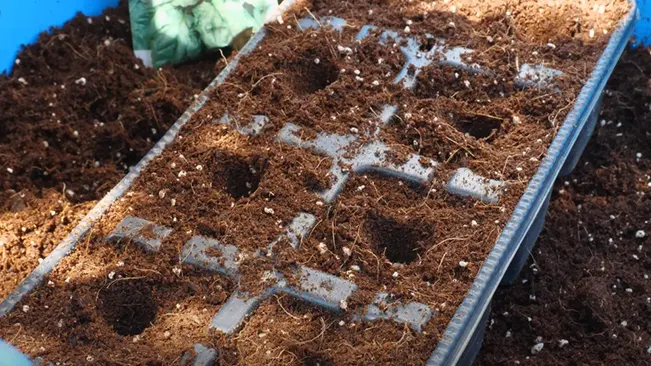
- Create Rows: Use a hoe or trowel to make shallow trenches.
- Plant Seeds: Distribute seeds along the trenches. It’s fine if they’re close; thin later after germination.
- Cover Seeds: Lightly cover with soil, avoiding compaction.
- Water Gently: Ensure moist, not waterlogged, soil with a gentle spray.
Watering

- Water the seeds gently but thoroughly.
- Keep the soil consistently moist but not waterlogged.
Thinning the Seedlings
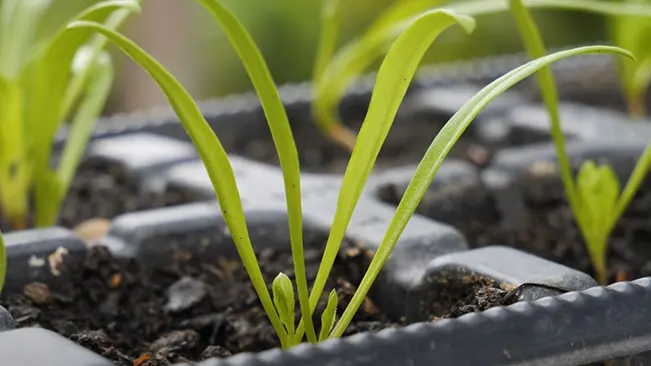
- Once the seedlings are about 2 inches tall, thin them out.
- Leave about 4-6 inches of space between each plant.
Mulching (Optional)
- Apply a thin layer of mulch around the plants to retain moisture and suppress weeds.
Labeling
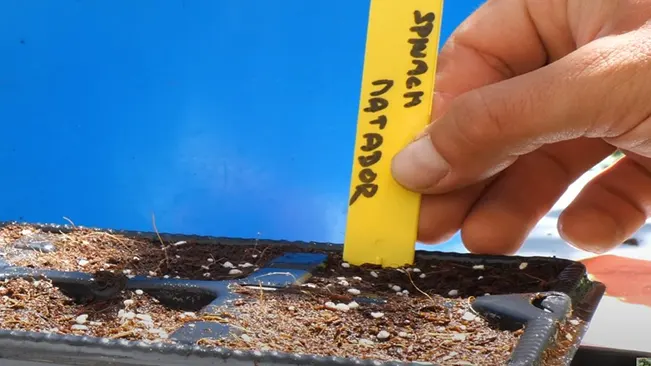
- Use garden labels to mark the planting date and variety of spinach.
Care and Maintenance
Watering
Spinach plants require consistent moisture to thrive. The key is to keep the soil evenly moist but not soggy. Overwatering can lead to root rot, while under-watering can stress the plants, affecting leaf quality. Here are some tips:
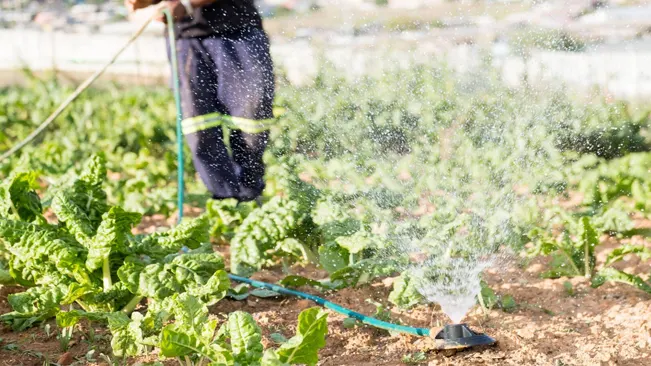
- Consistency is Key: Water your spinach plants regularly, especially during dry spells. In warmer climates or seasons, you may need to water more frequently.
- Morning Watering: Watering in the morning is ideal as it allows the leaves to dry throughout the day, reducing the risk of fungal diseases.
- Mulching: Applying a layer of mulch can help retain soil moisture and reduce the frequency of watering.
Weeding
Weeds can compete with spinach for nutrients, water, and light, so it’s important to keep your spinach bed weed-free. Here are some weeding strategies:
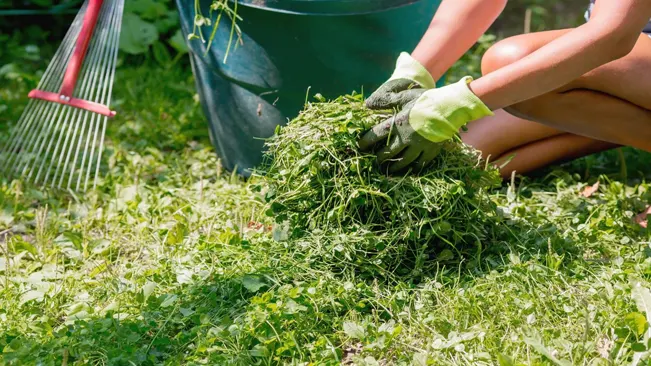
- Regular Monitoring: Check your garden regularly for weeds. The earlier you catch them, the easier they are to manage.
- Hand Weeding: Gently pull out weeds by hand, ensuring you get the roots to prevent them from growing back.
- Mulching: A layer of organic mulch can suppress weed growth and make any weeds that do emerge easier to pull out.
Fertilizing
Spinach doesn’t require a lot of extra fertilization if you’ve prepared your soil with compost or manure. However, if your soil is less fertile, you may need to fertilize:
- Balanced Fertilizer: Use a balanced, all-purpose liquid fertilizer, ideally with equal parts nitrogen, phosphorus, and potassium.
- Application Frequency: Apply fertilizer every 4-6 weeks, following the manufacturer’s instructions. Avoid over-fertilizing, as this can lead to excessive leaf growth at the expense of quality.
Pest Control
Spinach can attract a few common pests, such as slugs and leaf miners. Effective pest control is crucial for a healthy crop:
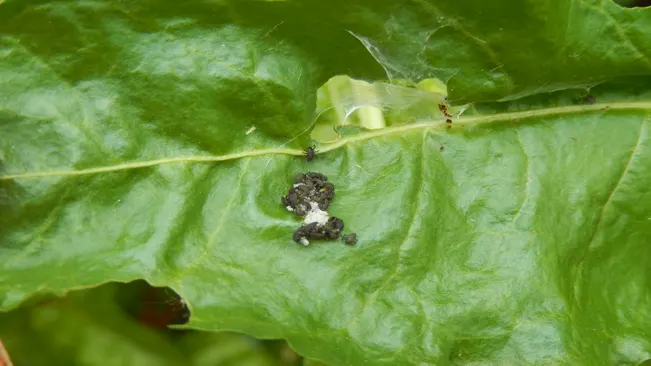
- Slugs and Snails: These pests can be hand-picked in the evening or early morning. You can also use organic slug baits or create barriers with diatomaceous earth or crushed eggshells around your plants.
- Leaf Miners: These pests lay eggs on the leaves, and their larvae tunnel through the leaf tissue. Regularly inspect leaves and remove any with signs of tunneling. Floating row covers can prevent them from laying eggs on the plants.
- Natural Predators: Encourage beneficial insects like ladybugs and lacewings in your garden, as they can help control pest populations.
Harvesting
When to Harvest
Spinach is a fast-growing plant, and its leaves can be ready for harvest as early as 40 to 45 days after planting. The key to determining the right time to harvest is the size of the leaves. They are typically ready when they are about the size of your hand or approximately 3 to 6 inches long. It’s important to harvest before the plant starts to bolt (flower), as the leaves can become bitter after bolting.
How to Harvest
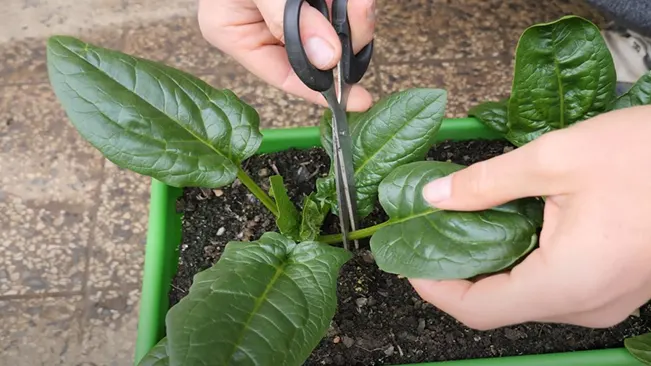
- Selective Picking: The best method for harvesting spinach is to pick the outer, mature leaves first, leaving the younger leaves at the center to grow. This selective picking method allows the plant to continue producing more leaves and extends the harvesting period.
- Cut-and-Come-Again: This method involves cutting the entire plant back to about an inch above the soil level. Spinach has a remarkable ability to regrow, and you can expect new leaves to sprout in a few weeks.
- Using the Right Tools: While you can pick spinach leaves by hand, using a pair of clean, sharp scissors or garden shears can help make a clean cut that is less damaging to the plant.
Frequent Harvesting
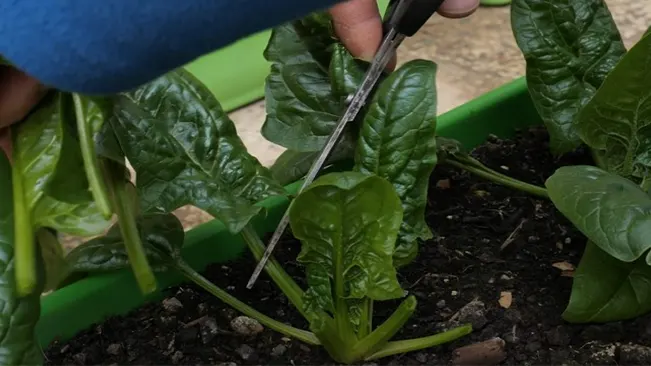
- Encourages Growth: Regular harvesting encourages the plant to produce new leaves. If you leave the spinach unharvested, it will quickly bolt, especially in warmer temperatures.
- Multiple Harvests: Depending on your climate and the care given to the plants, you can often get multiple harvests from a single planting of spinach.
Post-Harvest Care
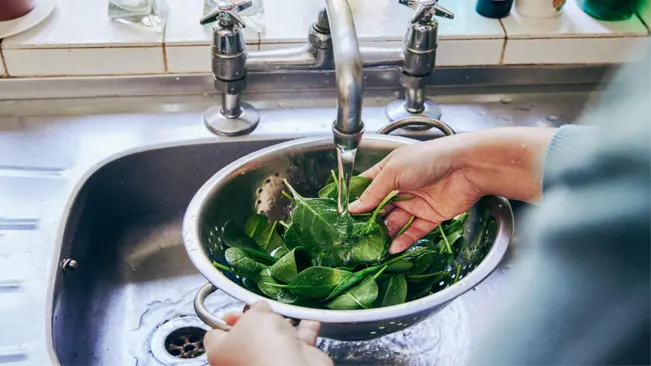
- Washing: After harvesting, wash the leaves thoroughly to remove any dirt or grit. It’s best to wash them just before you plan to use them, as moisture can cause the leaves to spoil more quickly.
- Storage: Store spinach in the refrigerator in a plastic bag or airtight container. Ideally, use the leaves within a week for the best quality and nutrition.
Conclusion
Planting spinach seeds is a straightforward and rewarding process. It involves selecting a cool, partially shaded spot with well-drained soil, sowing the seeds at the right depth, and ensuring consistent moisture. Regular care, including thinning and proper watering, leads to a healthy spinach crop. With attention and care, you can enjoy a bountiful harvest of this nutritious leafy green.
FAQs (Frequently Asked Questions)
- What is the best time to plant spinach seeds?
Spinach prefers cool weather, so the best time to plant is in early spring as soon as the soil is workable, or in late summer/early fall for a fall crop. - How deep should I plant spinach seeds?
Plant spinach seeds about ½ inch deep in the soil. - What kind of soil is best for spinach?
Spinach grows best in well-drained soil rich in organic matter. A pH between 6.0 and 7.0 is ideal. - How much space do spinach plants need?
Space the seeds 2-3 inches apart in rows, and if planting multiple rows, keep them about 12-18 inches apart. - How much sunlight does spinach need?
Spinach grows well in full sun but can also tolerate partial shade, especially in warmer climates. - When and how should I water spinach?
Water spinach regularly to keep the soil consistently moist. Avoid overwatering to prevent root rot. - Do I need to fertilize my spinach plants?
If you start with nutrient-rich soil, additional fertilizer may not be necessary. However, a balanced liquid fertilizer can be applied if the plants seem to be growing slowly. - How do I protect spinach from pests and diseases?
Keep an eye out for common pests like aphids and slugs. Use organic pest control methods and ensure good air circulation to prevent fungal diseases. - When is spinach ready to harvest?
Spinach is ready to harvest as soon as the leaves are big enough to eat, typically 6-8 weeks after planting. - Can I grow spinach in containers?
Yes, spinach can be grown in containers. Make sure the container is at least 6-8 inches deep and has good drainage.

Kristine Moore
Forestry AuthorI'm Kristine Moore, a seasoned garden landscaping professional with over 30 years of experience. My extensive career has been dedicated to transforming outdoor spaces into stunning, sustainable landscapes. With a deep understanding of horticulture, design principles, and environmental stewardship, I have become a respected figure in the field, known for creating harmonious, visually appealing, and eco-friendly gardens. My commitment to excellence and continuous learning in landscaping trends and techniques has solidified my reputation as an expert in garden design and implementation.


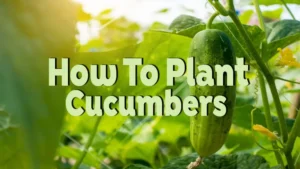
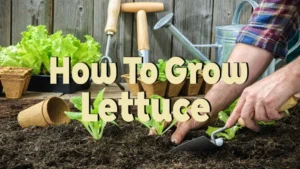

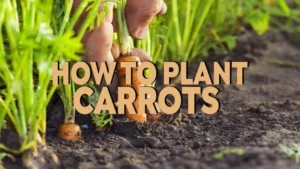
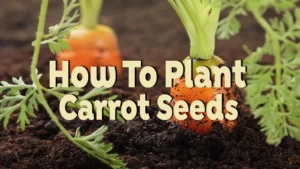
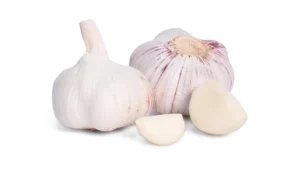

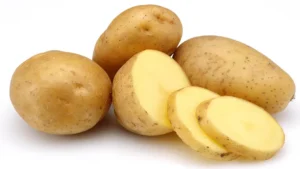


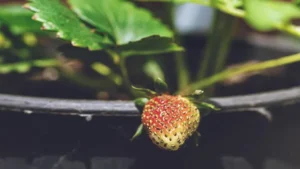
Leave your comment